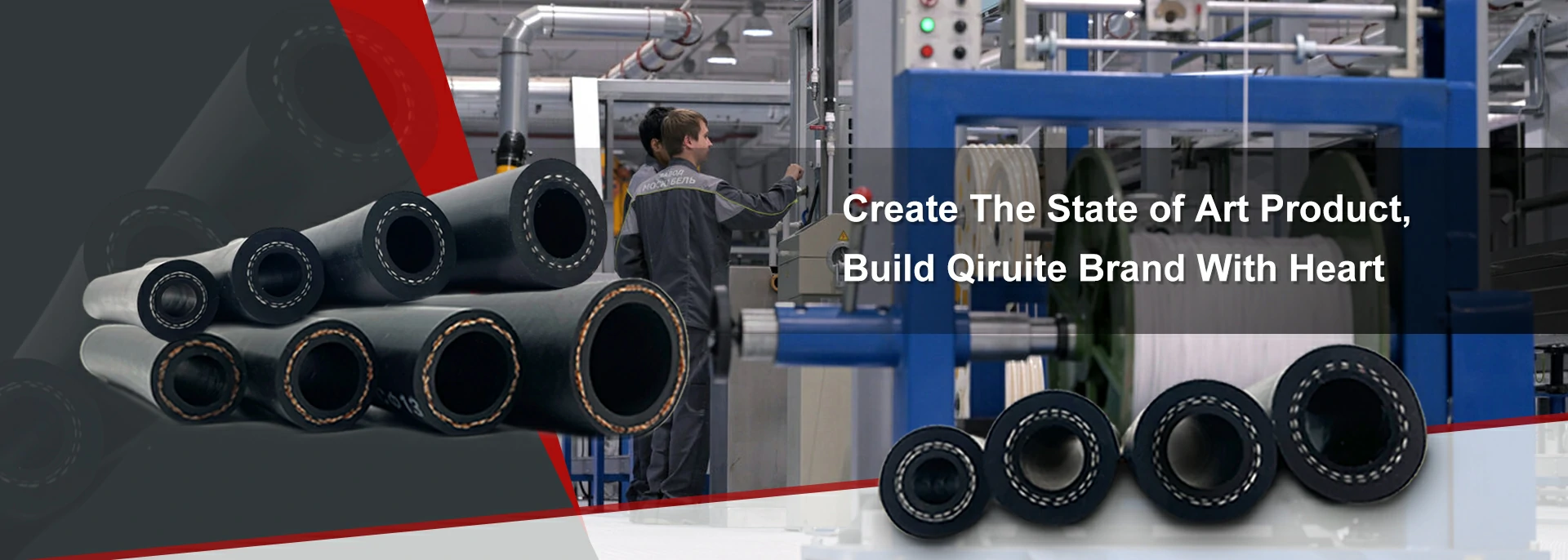hose pipe end connector
Understanding Hose Pipe End Connectors A Comprehensive Guide
Hose pipe end connectors play a crucial role in the efficient functioning of various fluid transport systems. These connectors serve as the interface between hoses, allowing for the transfer of water, chemicals, or air in diverse applications ranging from gardening to industrial settings. In this article, we will explore the types, materials, applications, and maintenance considerations associated with hose pipe end connectors.
Types of Hose Pipe End Connectors
There are several types of hose pipe end connectors available in the market, each designed for specific requirements. Some of the most common types include
1. Barbed Connectors These connectors have ridges that create a snug fit with the hose. The barbs grip the inside of the hose to prevent disconnection under pressure. They are widely used in home and garden applications.
2. Threaded Connectors These connectors feature male or female threads that allow them to screw into corresponding fittings. They are particularly durable and are commonly used in industrial applications where robust connections are necessary.
3. Quick Connectors Designed for convenience, quick connectors allow users to easily attach or detach hoses without the need for tools. They are prevalent in situations where hoses need to be frequently connected and disconnected.
4. Cam Lock Connectors These connectors use a lever mechanism to lock the hose in place, ensuring a secure connection. They are often utilized in agricultural and commercial applications involving larger hoses.
5. Push-Fit Connectors As the name suggests, these connectors allow for effortless attachment by simply pushing the hose onto the fitting. They are ideal for applications where space is limited, and quick assembly is needed.
Materials Used in Hose Pipe End Connectors
The choice of material for hose pipe end connectors greatly affects their durability and suitability for different applications. Common materials include
- Brass Known for its strength and resistance to corrosion, brass connectors are ideal for outdoor use and in applications involving water.
- Plastic Lightweight and resistant to various chemicals, plastic connectors are often used in gardening and household applications. They are not as durable as metal connectors but are more affordable.
- Stainless Steel These connectors offer excellent resistance to corrosion and are often used in challenging environments, including those that involve high temperatures or harsh chemicals.
hose pipe end connector

- Aluminum Lightweight and resistant to corrosion, aluminum connectors are a popular choice in many industrial applications due to their strength-to-weight ratio.
Applications of Hose Pipe End Connectors
Hose pipe end connectors are utilized in a multitude of applications across various industries
- Gardening In residential gardens, hoses connected with end connectors are essential for watering plants. Barbed and quick connectors are particularly popular for their ease of use.
- Agriculture In irrigation systems, robust connectors are required to handle the pressures and types of fluids commonly used in farming. Cam lock and threaded connectors are often favored in these settings.
- Industrial Factories and workshops rely on durable connectors for transporting materials such as chemicals or compressed air. The choice of connector often depends on the specific fluid being transported, with stainless steel being a favored material for its durability.
- Automotive In the automotive sector, hose pipe connectors are used in various systems, including fuel lines and cooling systems. Secure connections are critical for safety and functionality.
Maintenance Considerations
To ensure optimal performance and longevity of hose pipe end connectors, regular maintenance is vital. Here are some tips
1. Regular Inspection Routinely check connectors for signs of wear, cracking, or corrosion. Early detection can prevent leaks and failures.
2. Proper Storage Store hoses and connectors in a dry place away from direct sunlight, which can degrade materials over time.
3. Cleaning Clean connectors and hoses regularly to remove debris and buildup that can compromise the seal.
4. Correct Installation Ensure that connectors are installed according to the manufacturer's guidelines to prevent leaks and ensure a secure fit.
In conclusion, hose pipe end connectors are essential components in a wide array of applications. By understanding the types, materials, applications, and maintenance tips, users can select the right connectors for their needs, ensuring efficient and safe fluid transfer. Whether in the garden, in industry, or on the road, the right hose pipe end connector can make all the difference.
-
Ultimate Spiral Protection for Hoses & CablesNewsJun.26,2025
-
The Ultimate Quick-Connect Solutions for Every NeedNewsJun.26,2025
-
SAE J1401 Brake Hose: Reliable Choice for Safe BrakingNewsJun.26,2025
-
Reliable J2064 A/C Hoses for Real-World Cooling NeedsNewsJun.26,2025
-
Heavy-Duty Sewer Jetting Hoses Built to LastNewsJun.26,2025
-
Fix Power Steering Tube Leaks Fast – Durable & Affordable SolutionNewsJun.26,2025

